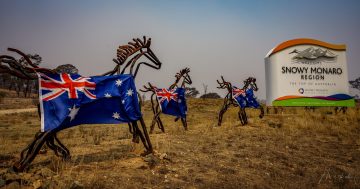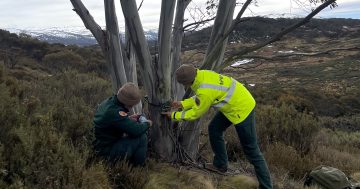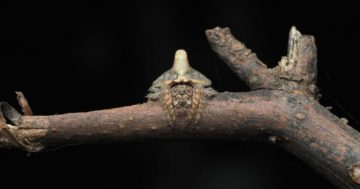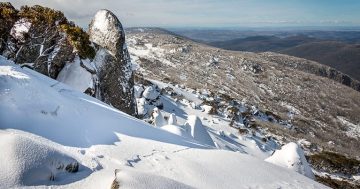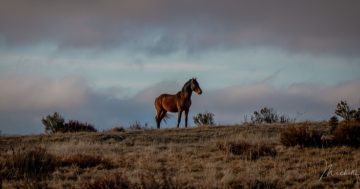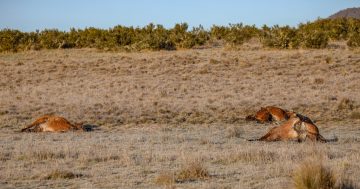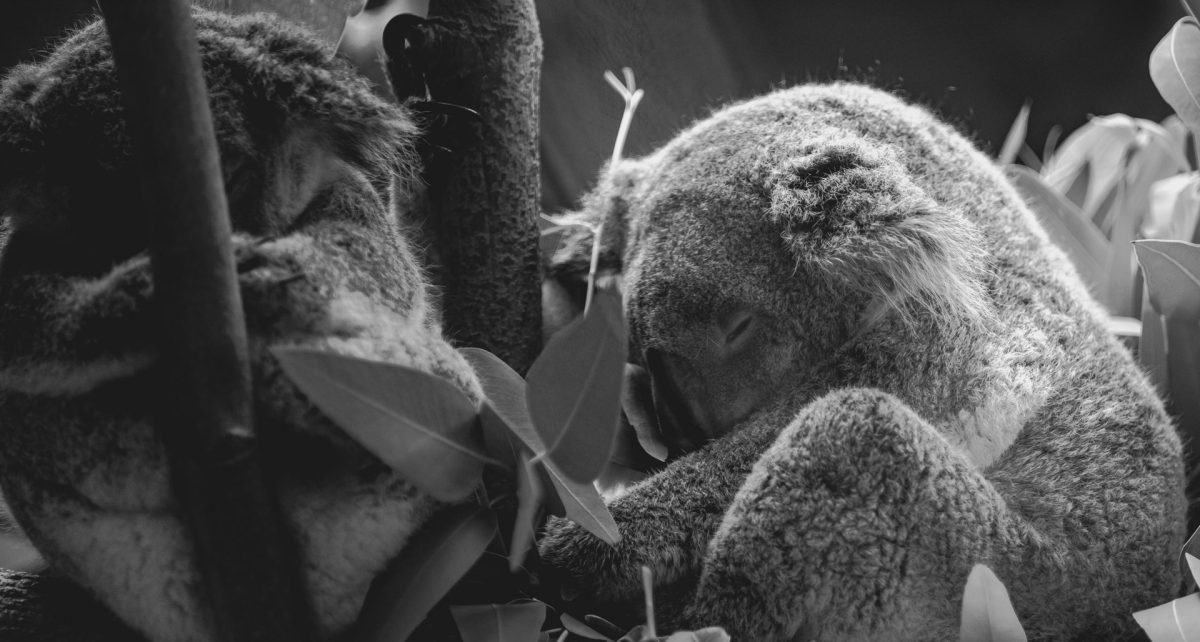
Researchers who collected and analysed the recent survey data in the Byadbo Wilderness area believe other parts of Kosciuszko National Park may host a significant koala population at lower densities. Photo: File.
Evidence of an important koala population in higher elevations of Kosciuszko National Park (KNP) has raised hopes for the species’ survival.
New surveys conducted in November 2021 and February 2022 recorded male koalas at 14 sites within the remote Byadbo Wilderness Area, in the southeast corner of KNP along the Victorian border.
Using 100 spotlight survey and acoustic recorders, the surveys were undertaken as part of a collaboration between NSW National Parks and Wildlife Service (NPWS) and the Australian National University (ANU).
The Byadbo Wilderness area’s elevation ranges from 400 m to 1450 m. Most of the sites where the koalas were located were above 1000 m.
ANU koala expert Professor David Lindenmayer said the discovery provides an opportunity to learn about the significance of higher altitude habitats for the long-term survival of species like koalas.
“These findings are important because of the area’s elevation, which we hope will make the populations more resilient to climate change,” Prof Lindenmayer said.
He said researchers who collected and analysed the recent survey data believe other areas of KNP may host a significant koala population at lower densities.
“It provides hope that Kosciuszko National Park may be a refuge for this iconic species,” he added.
NSW Minister for Environment and Heritage James Griffin said this was good news because until these recent surveys, there had only been 16 recorded sightings of koalas in Kosciuszko in more than 80 years.
“This discovery is significant and from this point we can learn more about the species and how we can best support the population to thrive in the wild,” he said.
The conservation status of the iconic marsupials was downgraded to endangered last month after a final determination from the NSW Threatened Species Scientific Committee, which noted habitat loss had significantly affected populations.
In the past two decades the number of koalas is estimated to have fallen by 50 per cent, according to NSW Threatened Species Scientific Committee chairperson Dr Anne Kerle.

Australian National University researcher Karen Marsh setting up acoustic recorders in the Byadbo Wilderness Area south of Jindabyne. Photo: Karen Marsh
Australian National University researcher Karen Marsh said most other koala populations are found at much lower elevations, possibly because many of the eucalypt species they prefer also grow at lower elevations.
“It will be interesting to find out more about which eucalypt species are important food for koalas in KNP,” she said.
“We can’t say yet why we found koalas in Byadbo but not in some other places in KNP – it might even just be differences in the eucalypt species available to them for food.
“Now that we know they are there, we need to look at the full extent of their distribution, their relatedness to other koala populations in NSW and the impact this discovery could have on the survival of the species.”
She said researchers were looking forward to returning to conduct surveys in other areas of the park previously inaccessible due to weather to determine the impact this discovery could have on the survival of the species.
“We hope the roads dry out a bit this year so some of the areas missed in the first round can be surveyed next spring, which is koala breeding season,” Ms Marsh said.
In addition to koalas, the surveys unveiled a host of other declining species including recordings of the southern greater glider and the yellow-bellied glider.
Additional surveys to map the distribution of koalas across KNP will be conducted under the NSW Koala Strategy.
This $193 million NSW government initiative aims to conserve habitat and further research the species to prolong its survival as it attempts to double the state’s koala population by 2050.
Last month, the state announced the acquisition of 2000 ha of bushland around the state with approximately 200 Southern Tablelands koalas and 12 other threatened species already set to benefit from the expansion of the Macanally State Conservation Area near Cooma.
You can do your bit in tracking koala populations by downloading the I Spy Koala App – a citizen science app that allows anyone in NSW to record sightings of koalas in the wild.
Additional information and download details can be accessed through NSW Koala Country.






